
The Jewish community of Copenhagen has been active since the end of the 17th century. Today, most of Denmark’s 7,000 Jews live in Copenhagen. Abraham Salomon of Rausnitz was its first rabbi, appointed in 1687. Six years later, a Jewish cemetery was established in Mollegade.
Destroyed by a fire in 1795, no synagogue was active until a liberal one was built in 1833 in Krystalgade. Years later, orthodox and Sephardic places of worship were also opened.
The Royal Decree issued in 1814 gave Jews born in Denmark the same rights as all other citizens. Philanthropic institutions, schools, and old age homes have been opened since 1825. The number and presence varied then, according to historical events, especially the Holocaust.
When the huge majority of the Danish Jews and their relatives, about 8,000 persons, were saved by the courageous acts of Denmark’s royal, political and religious authorities as well as every level of society.
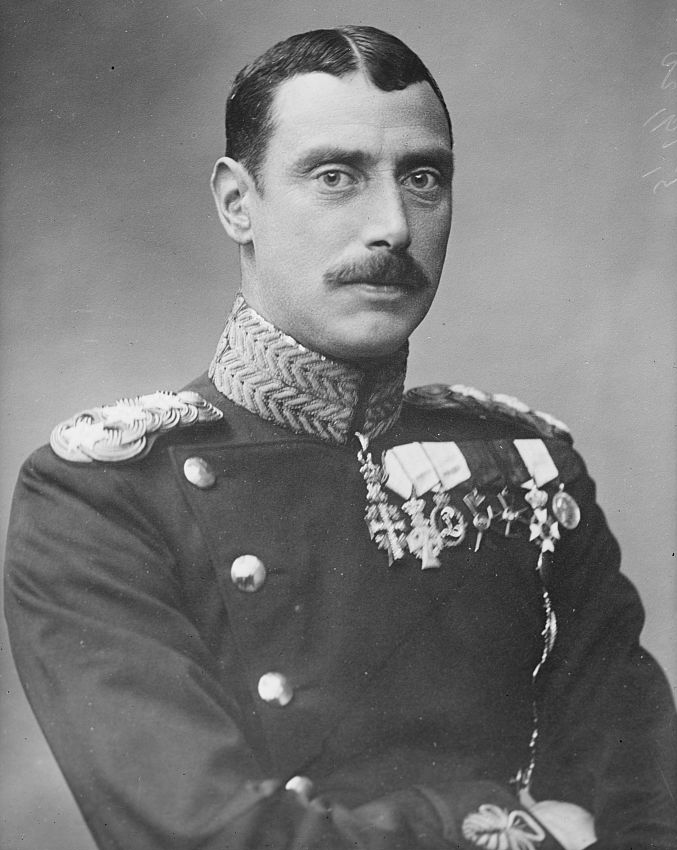
Most of the 3,000 Polish Jews who fled to Denmark during the 1970s settled in Copenhagen. Marking the continuous blossoming of the Jewish community in Denmark, Queen Margrethe II attended in 1983 the service in Copenhagen’s synagogue, celebrating its 150th anniversary.
The following year, she participated in the celebrations of the Jewish community’s 300th anniversary in Copenhagen. In 1993, the Queen also participated in the events celebrating the 50th anniversary of the country’s rescue operation.
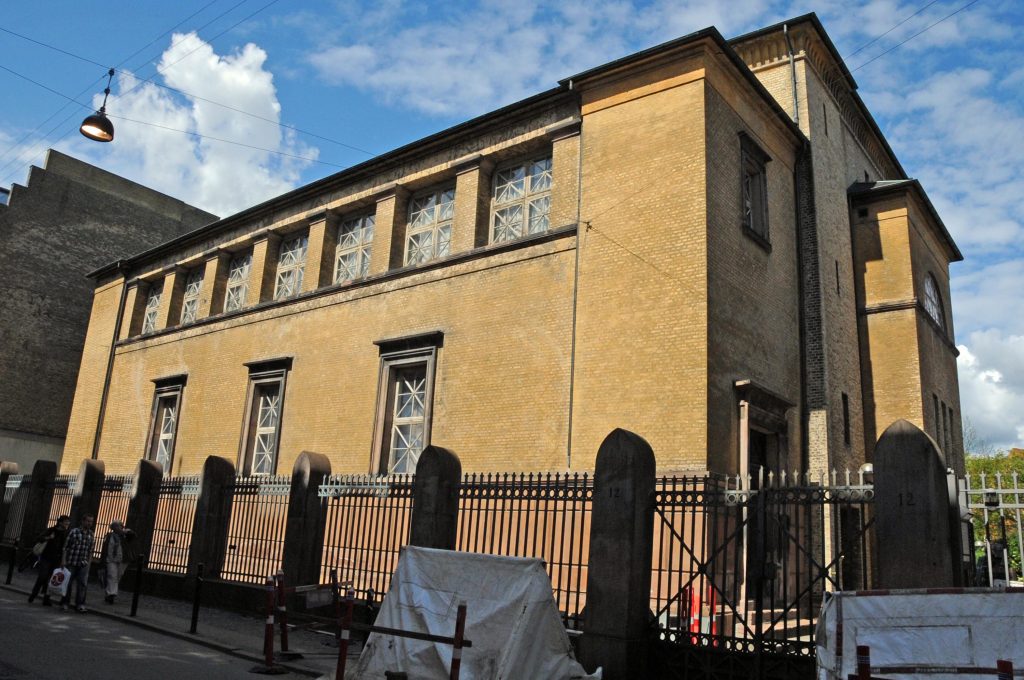
Its famous Great synagogue of Krystalgade was built in 1833 by the architect Gustav Friedrich Hetsch. It is defined by an architecture centering on an ark, influenced by Greek and Roman models.
The synagogue can welcome 900 worshippers. The community center is located next to the synagogue. All information about the synagogue is available at the Mosaiske Troessamfund, which houses a variety of Jewish associations. Mosaiske organizes visits of the synagogue from April to September and also provides Shabbat hospitality groups. An orthodox Community prays at the Makhzikei ha-Das Synagogue.
Among the social institutions, there’s a Jewish day school and an old age home. Religious and cultural organizations are also present in the city.
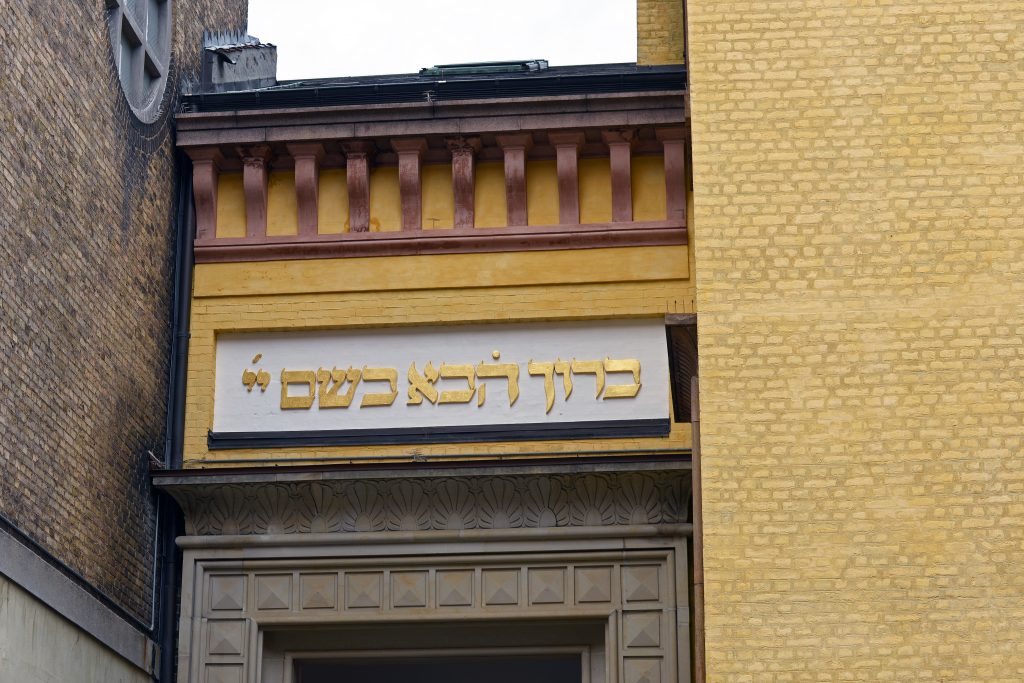
The Freedom Museum of Danish Resistance , which houses a important section devoted to the history of the Resistance movement and the Shoah. It was closed due to a fire on April 28, 2013. The damage caused was of such proportions that the museum had to be closed.
A new exhibition building was raised where it was located and reopened in 2020.
Designed by Daniel Libeskind, the Jewish Museum of Copenhagen presents Jewish life in Denmark through 400 years. The particular design of the Jewish Museum was influenced by the rescue operation during the Holocaust. The word “mitzvah” constitutes the emblem and concept of the museum. Therefore, the museum was designed around the courage demonstrated by the Danes.
It marks the positive experience which sums up Jewish life in Denmark and the special act of goodwill undertaken in 1943 by the population.

As explains architect Daniel Libeskind: “After entering the exhibition proper, the visitors are in a space constructed of a wooden floor with slightly sloping planes representing the four planes of discourse.
The entire exhibition space is illuminated by a luminous stained-glass window that is a microcosm of Mitzvah transforming light across the day. The Danish Jewish Museum will become a destination which will reveal the deep tradition and its future in the unprecedented space of Mitzvah.
The intertwining of the old structure of the vaulted brick space of the Royal Library and the unexpected connection to the unique exhibition space creates a dynamic dialogue between architecture of the past and of the future – the newness of the old and the agelessness of the new.”
The Royal Library contains the Simonsen Library which possesses an interesting Judaica section.

Digital facsimiles of the manuscripts acquired in 1931 from Professor David Simonsen are available for the public. Among the items which can be consulted, one can find a judeo-arabic letter from the 12th century and manuscripts from all periods since. Its most famous item is probably “Gemma’s prayerbook”, a Hebrew book written for the widow Gemma in Modena in 1531.
Documents came from 20 different countries, in 15 languages, which required some extensive handling of all those archives. And quite some time to ensure it would be handled in an apropriate manner. The total of the works constitutes about 26,000 processes of digitalization.
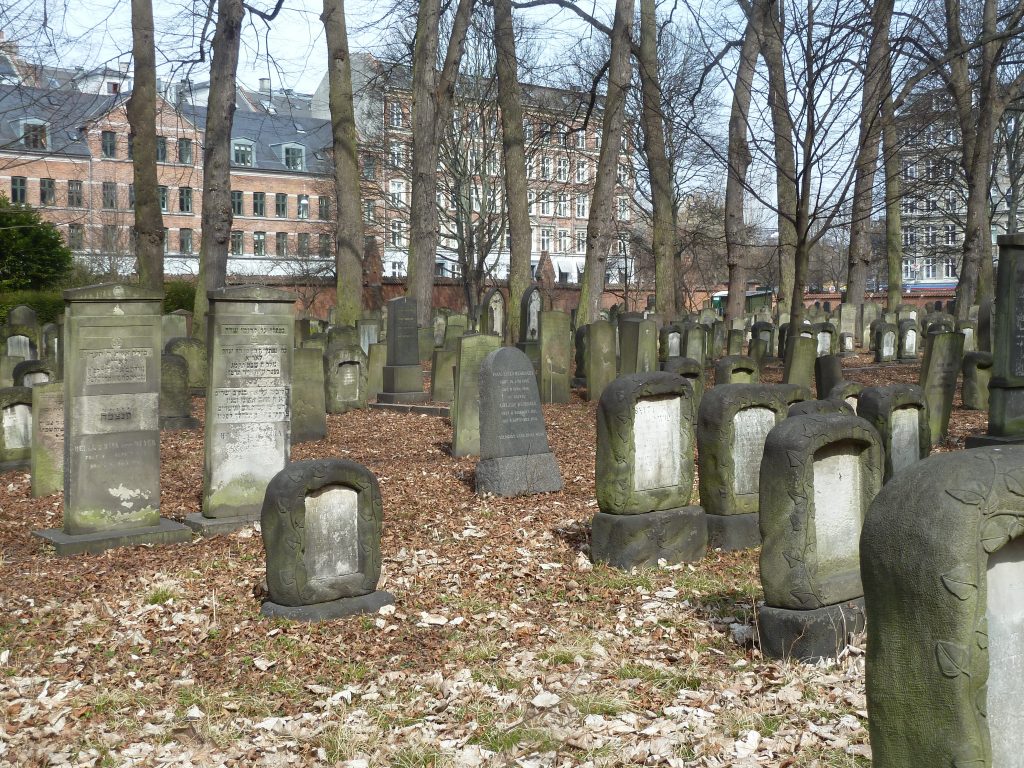
There are two Jewish cemeteries. The ancient one in the area of Mollegade, dating for four centuries. This cemetery can be accessed from April to September on Sundays, Mondays, Wednesdays and Thursdays. And the new cemetery in the area of Valby. The latter is open every day during daytime, except on Shabbat and Jewish holidays.
Interview with Janus Møller Jensen, Director of the Danish Jewish Museum
Jguideeurope : The museum made some major changes in 2022, what were the main ones?
Janus Møller Jensen: In September 2022, the museum reopened with a new main entrance and brand new exhibitions. The entrance was designed by Daniel Libeskind who, by this addition to the original architecture of the museum completed his work with an impressive and much more visible entrance to the museum. It also signaled a total relaunching of the museum with new exhibitions and a new way of presenting Danish Jewish history. We are in currently in a process of developing a permanent exhibition that will take the visitor on a journey through 400 years of Jewish life in Denmark. The guests will experience a first taste of this together with a strong special exhibition that focuses on the story of the escape and rescue of the Danish Jews in October 1943 in a wider context of the history of the 20th century.
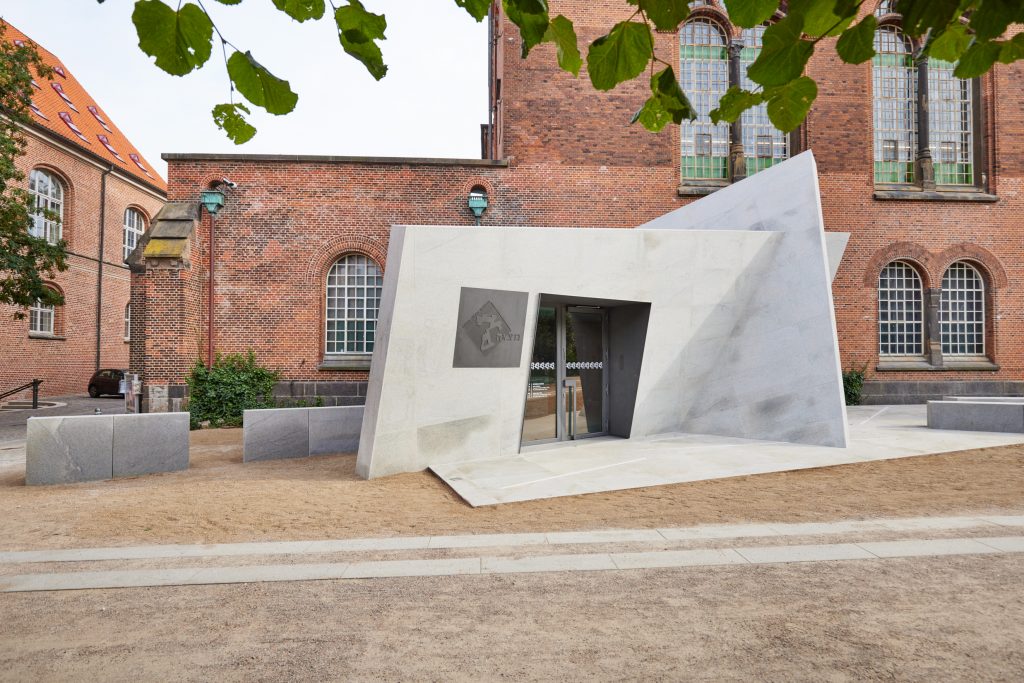
Can you present to us three particular objects shown at the museum?
1. The story of the escape and rescue of almost all of the Danish Jews in October 1943 was the result of a common effort of the Danish population. But no one knew that it would a history of a rescue when the action against the Danish Jews was initiated the night between 1 and 2 October 1943. Some of the objects of the museum capture the personal drama of history. We have a life west that a mother sew for her daughter just before the escape across the Oresund to Sweden. It’s a very symbolic and strong object for the story of flight scenes doing what can be done to take measures to try and protect the children while fleeing. Some people actually lost their lives drowning during the escape.
2. Another strong object from the escape is the train ticket for the coastal train dated and stamped on 5 October 1943. Many Jews from Copenhagen sought by the help of others or on their own means t towards northern Sjælland to find transport across Øresund. The ticket is a return ticket bought, of course, to hide the fact that this was a one-way journey but at the same time symbolizing the hope of return that became a reality in May 1945, when Denmark was liberated by the allied forces from German occupation.
3. In the exhibition “Gateway to Denmark” that tells the story of the consolidation of Jewish life in Denmark in the eighteenth century and which is going to be part of the coming permanent exhibition of the museum, you find several precious objects. I must pick two: A prayer book and a challah cover. Both were produced in Denmark in the eighteenth century, and tells the story of both the establishment and the daily life of the small Jewish minority in Denmark through these beautiful objects across three centuries.

How is the courageous saving of the Jews during the Holocaust presented?
In several ways. First and foremost, in our spectacular architecture designed by Daniel Libeskind. Our entire room tells the story of the flight over sea and the uncertainty of trying to find one’s way. In many ways the unique architecture is one of the key objects of the museum. However, we also tell the story of the people that weren’t saved, and instead imprisoned in KZ-Theresienstadt. This story is currently the main theme of the special exhibition “Flight and persecution in the 20th century”.
Can you tell us about an encounter with a visitor or event participant which particularly moved you?
Talking to a visitor from America who had fled from Russia in the 1990’s, I was asked who so many Jews were saved. I replied they were naturally helped by neighbors. She looked me in the eyes and said “your neighbors don’t naturally help you; they are the ones that turn you in.” And indeed this also happened in Denmark. This conversation is a constant reminder of the need to balance the story telling of Denmark during the war. 99% survived Holocaust, but no flight is free, and war always has a price also for the survivors.